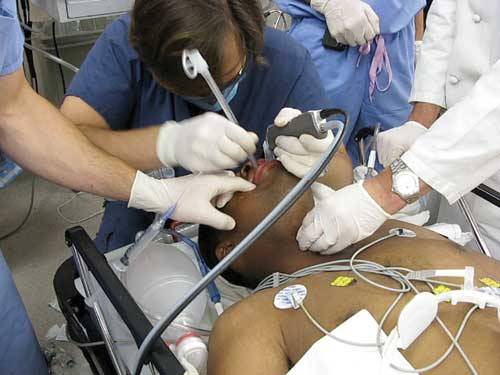Has this happened to you?
Your (emergency physician / neurosurgeon / orthopaedic surgeon) colleague wants to (get rib detail xrays / administer steroids / wait a few days before doing a femur ORIF). You question it based on your interpretation of the literature. You even provide a stack of papers to them to prove your point. Do they buy it? Even in the presence of randomized, double-blinded, placebo-controlled studies with thousands of patients (good luck finding those)?
The answer is generally NO! Why not? It’s science. It’s objective data. WTF?

Sociologists and psychologists have shown that there is a concept that they call the Backfire Effect. Essentially, once you come to believe something, you do your best to protect it from harm. You become more skeptical of facts that refute your beliefs, and less skeptical of the items that support them. Having one’s beliefs challenged, even with objective and authoritative data, causes us to hold them even more deeply. There are plenty of examples of this in everyday life. The absence of weapons of mass destruction in Iraq. The number of shooters in the JFK assassination. President Obama’s citizenship.
Bottom line: It’s human nature to try to pick apart a scientific article that challenges your biases, looking for every possible fault. It’s the Backfire Effect. Be aware of this built in flaw (protective mechanism?) in our psyche. And always ask yourself, “what if?” Look at the issue through the eyes of someone not familiar with the concepts. If someone challenges your beliefs, welcome it! Be skeptical of both them AND yourself. You might just learn something new!



